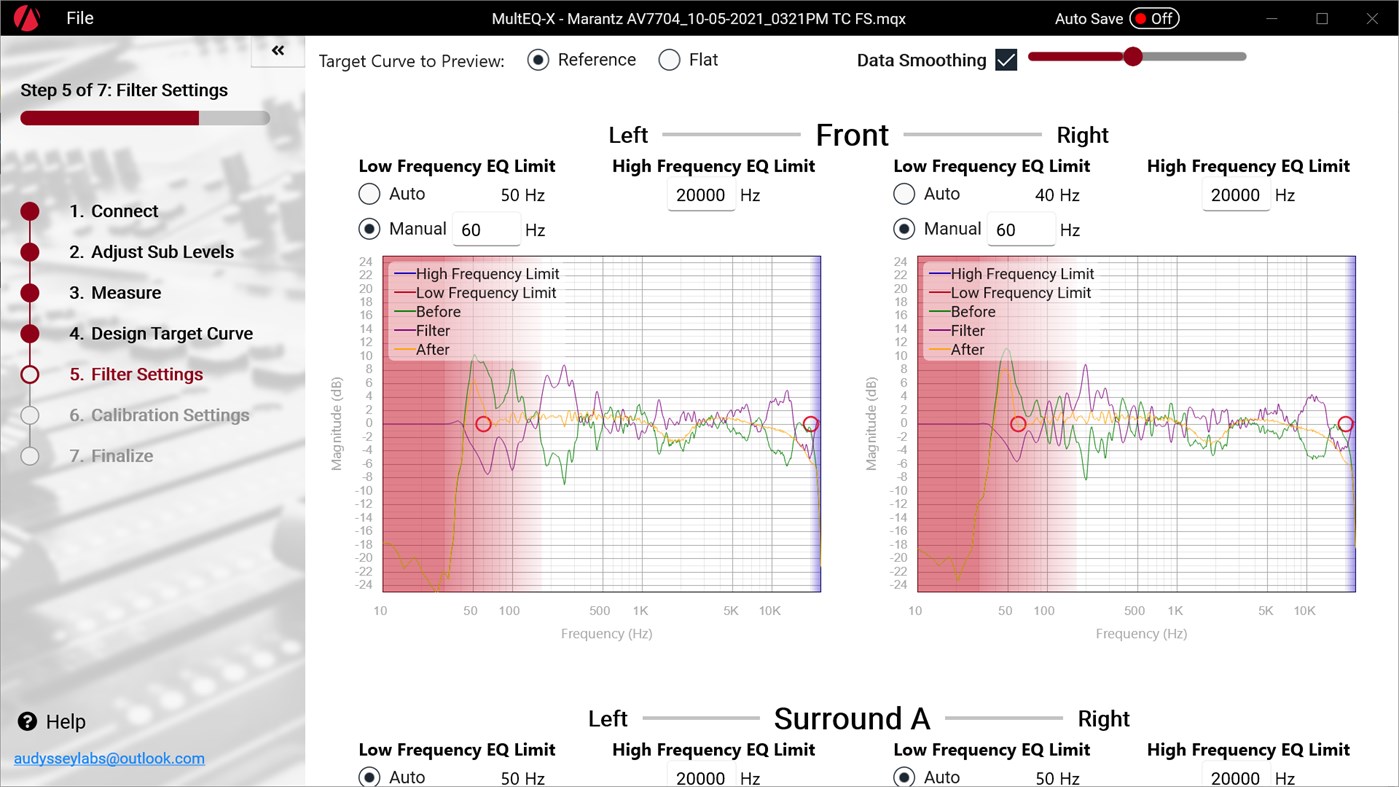Audyssey MultEQ-X Q&A with Jeff Clark
by
@joentell
Streamed 6hrs ago...55min long.
Haven't watched it yet. Just saw it.
UPDATE:
I found out that JoeNTell is going to release a series of tutorial videos talking about MultEQ-X, from this
website.
Im not sure if this will be paid or free?
I'm guessing Joe will release more info later.
Disclosure: I beta tested MultEQ-X and I was able to use the program for free. I wasn't compensated otherwise.
I'm planning on charging a fee for the courses. I may offer it as a service too, but I'm not sure. The courses (videos) are more about DSP tuning techniques. I was beta testing MultEQ-X at the time while I was writing up the procedures, but you can use any DSP you want like Equalizer APO or MiniDSP. To be clear, it's not only for MultEQ-X, it's just what I would recommend BECAUSE of the price. I'll explain.
Like I said in the video, I now use MultEQ-X to use my AVR as a PEQ filter bank. That's it! If you consider the alternatives for a DSP with 7-channels to 13-channels of inputs/outputs (depending on your AVR/Pre-Pro) and virtually unlimited "PEQ filters" (they're actually using FIR filters with lots of taps) with full-range EQ for each channel, there's not really anything in the $200 price range. Previously, I was using a MiniDSP DDRC88A with DIRAC, but that's only 8 in/out for $1100. Now I don't have a use for the MiniDSP DDRC88A in that system because of the MultEQ-X app.
I understand that many people won't use it like I did, and may not be happy paying the $200 for the other features. I get it.
I find that the results I'm getting, because of my techniques, and tons of time spent in REW taking measurements and creating filters, I am able to get performance on-par or better than Dirac. I think MSO can possibly do a better job than DLBC for example. Some things with time/phase alignment, Dirac still seems to do a better job of since I don't have an option to use all-pass filters. But for FR, I prefer my results more. I plan to explain in more detail in my video courses. I'll just say that it's more about the methods I use than the hardware I use to hold the filters.
I also don't like the idea of the license being tied to a user and an AVR. I relayed the feedback to Jeff Clark at Audyssey and they're looking for alternative ways to handle that situation. I told them it's best to act sooner rather than later.
The app is definitely a work in progress. Still a bit rough. I see potential for the app though. I think with a filter import option from REW, it will make more sense to people who want to use it the way I'm using it. If it weren't for BEQ, I would probably use it for my subs and not have to use my MiniDSP 2x4HD.


